I always think jade plants look like mini trees, their thick stems bejeweled with plump glossy leaves.
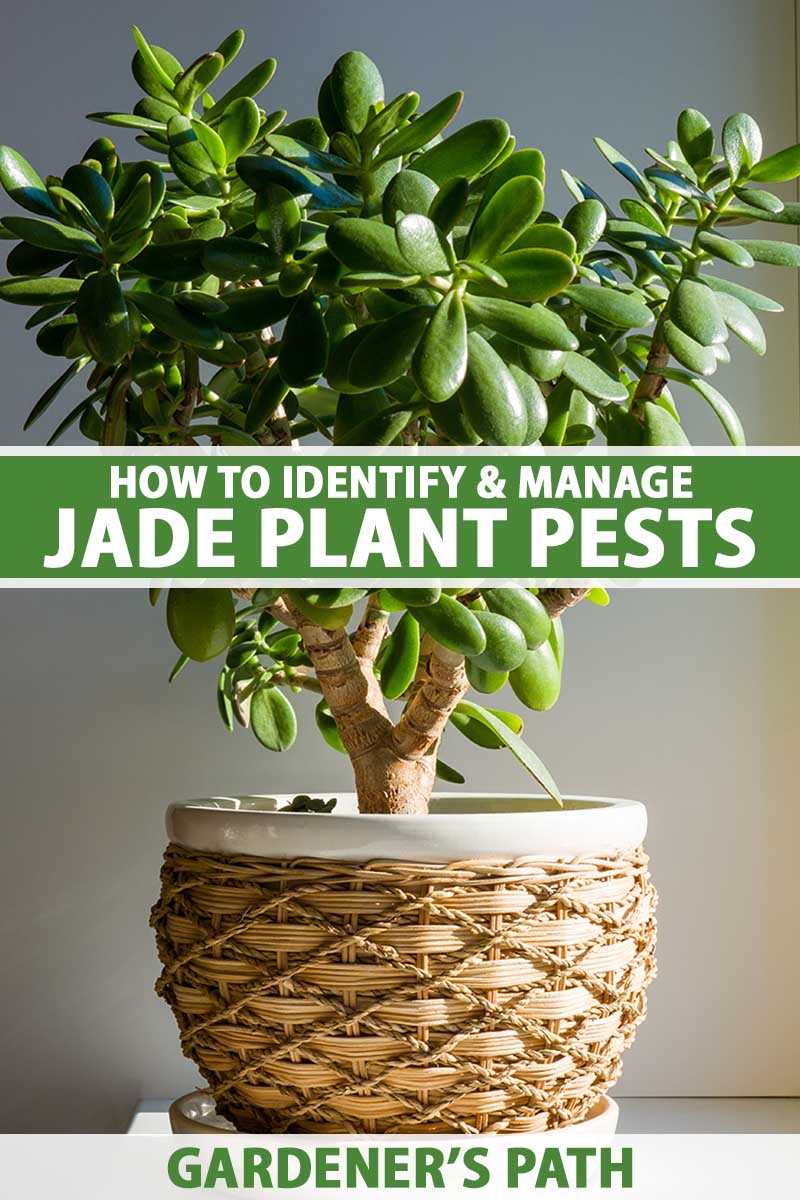
We link to vendors to help you find relevant products. If you buy from one of our links, we may earn a commission.
Let’s keep yours that way.
Though there aren’t many pests that are common on jade plants, infestations do occasionally pop up and ruin the perfection that these easy-care succulents are known for.
We’ve got the scoop on prevention, identification, and treatment methods here, so you’re in luck!
Here’s everything we’ll talk about in this guide:
Identify and Control Common Jade Pests
Before we start going through the list, there are a few things you should know.
The best way to prevent insect attacks in the first place is to keep your plant healthy, by watering properly and keeping it clean. You can read more about caring for jade plants in our guide.
Early detection of any pest problems is key.

Many of the strategies we will talk about below are only possible and effective if you catch the bugs before they bite hard, and that means regular inspections are necessary.
Keeping an eye on your plants will save you a lot of trouble later.
If insect populations get out of control, it is often very hard or even impossible to correct the damage and eradicate the pests, and your best option is to chuck your precious jade and start over.
If you notice your specimen is infested with any of the pests discussed below, isolate it from your other houseplants to avoid further spread.
It’s important to be aware that jade plants are also susceptible to damage from insecticides. Phytotoxic chemicals can cause ugly burns, scars, leaf drop, or even plant death.
To make sure you’re not going to ruin your jade by spraying it or soaking it in something in an attempt to rid it of unwanted visitors, test the product on a small area first, and watch what happens over a couple of days to make sure it’s safe to use.
Now let’s get into it.
1. Mealybugs
Mealybugs (Pseudococcidae) are the most common pests of jade plants.
These small, white, wax-covered insects sport filaments on their sides, and sometimes even tails. They exude honeydew, which attracts black sooty mold that looks, frankly, quite ugly and dirty.
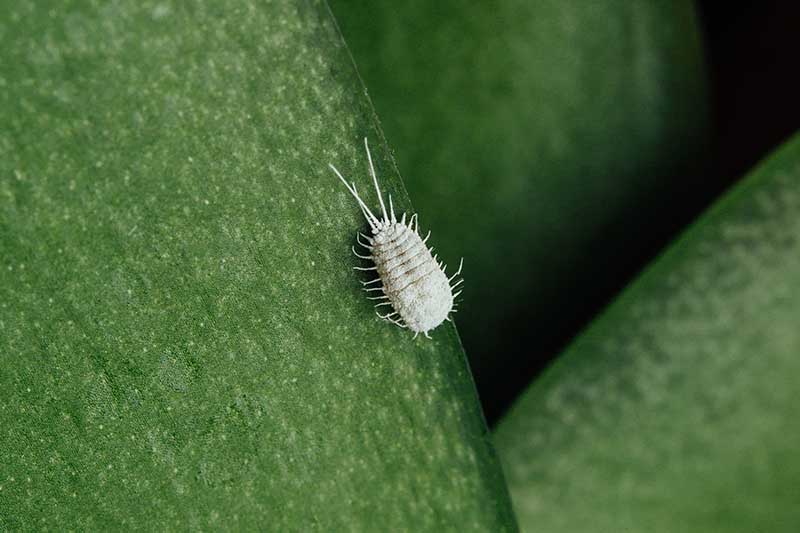
Mealybugs suck the sap out of the plant, removing color from the leaves and reducing vigor.
Their feeding deforms, weakens, or can eventually kill the plant if the infestation is severe and goes untreated.
These pests can be hard to control since they love hanging out in crevices and their waxy coatings protect them from sprays.
You can try hand picking them, or dip a cotton swab in alcohol and target individual bugs. Be careful to avoid touching the leaves with the alcohol.

Several days of treatment in a row may be required to eliminate them.
You can also use a strong stream of cold water to wash them off the plant. This strategy will work for some of the other pests listed below as well.
The mealybug destroyer, Cryptolaemus montrouzieri, available at Arbico Organics, gobbles mealybugs up as if it’s their job.
Insecticidal soaps and neem oil are both effective against mealybugs if coverage is good and applications are repeated, but as discussed above, you should test these out on a small area first before applying these products to the whole plant.
Bonide Insecticidal Soap is available at Arbico Organics, or you can try Monterey Neem Oil, which is also available at Arbico.
Root mealybugs (Rhizoecus spp.) may also attack jade plants. These live in the soil or soilless medium in houseplant containers and feed on the roots.
The symptoms of their feeding are similar to the damage caused by above-ground mealybugs, including a reduction in vigor and yellowing leaves.
Plus, the feeding sites provide excellent places for fungi to infect the roots.
If you suspect something is wrong with your plant but you don’t see any evidence of pests on the leaves and stems, carefully remove the pot and inspect the root ball. If you see fluffy white deposits on the roots and soil, root mealybugs are likely the culprit.
These insects might look like springtails at first glance, small jumping hexapods that were formerly classified as insects, but they don’t jump and are very slow moving.
Unfortunately, the easiest solution is to discard the plant and soil, and thoroughly wash the pot before reusing it.
Similar to what you might do to control aboveground mealybugs, you can also try dabbing the individual bugs with a cotton swab soaked in alcohol.
Introducing Dalotia coriaria rove beetles is another potential option, but it’s one usually reserved for outdoor garden use. These are available at Arbico Organics.
Keep in mind that many homeowners actually prefer to keep these insects out of the home – they love decaying organic matter.
Soaking the root ball in an insecticide registered for use to target root mealybugs can also be effective, but it takes a lot of product and safe options registered for use against these specific pests are limited.
Read more about mealybug biology and control in our guide.
2. Scale
Scale insects (Coccoidea), especially soft scale, can be found sucking the life out of jade plants too.
They are oval shaped, and the mature pests settle in place and don’t move. They don’t look like insects at all to me!
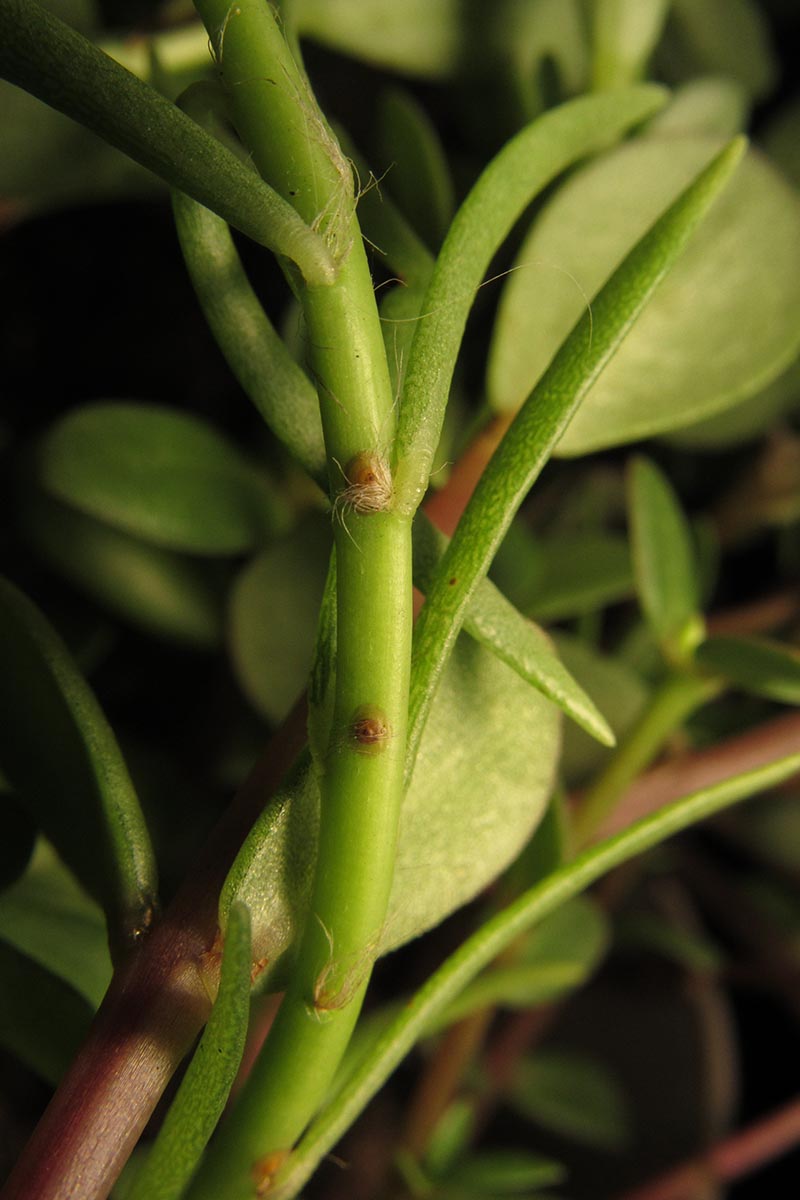
The immobile adults are covered with a waxy protective shell that makes them very hard to kill with sprays or cotton swabs soaked in alcohol, like you might do with mealybugs.
The juvenile crawlers are soft-bodied, mobile, and easier to target with sprays, but you still need to ensure good coverage for it to be effective.
Mealybug destroyers will also feed on the crawlers, if there are no mealybugs present.
Neem and other types of horticultural oil can be effective against scale. All Seasons Horticultural Dormant Spray Oil is available at Arbico Organics.
Bonide All Seasons Horticultural Oil
To regain control, treatment needs to persist throughout at least one generation of the pests, which can take two to four months.
A chemical with long persistence could be used, such as bifenthrin or permethrin, or repeated treatments will be required with products that don’t persist as long, such as pyrethrins.
Systemics such as imidacloprid are effective as well.
Keep in mind that scale killed by sprays may stay on the plant and can appear to still be alive – they’re not exactly a particularly lively bunch, after all.
Be sure to always follow instructions on product labels carefully, and do not treat plants indoors if it may be unsafe to do so.
Luckily, you may not need to use sprays at all to control these insects.
If you notice just a few on the stems of your plant, lightly rubbing or picking them off can work very well.
Once the scale insects are attached to the plant, even light rubbing can break their mouthparts and they will starve to death.
Learn more about managing scale pests in our guide.
3. Spider Mites
Mites are tiny, eight-legged creatures that can spin webs like spiders and suck the sap from your plants.
Damaged leaves have light-colored stipples, often look silvered or bronzed, and can be covered in fine webs.
Two-spotted spider mites, Tetranychus urticae, like to sip on jade juice occasionally. These have light-colored bodies with two dark spots.
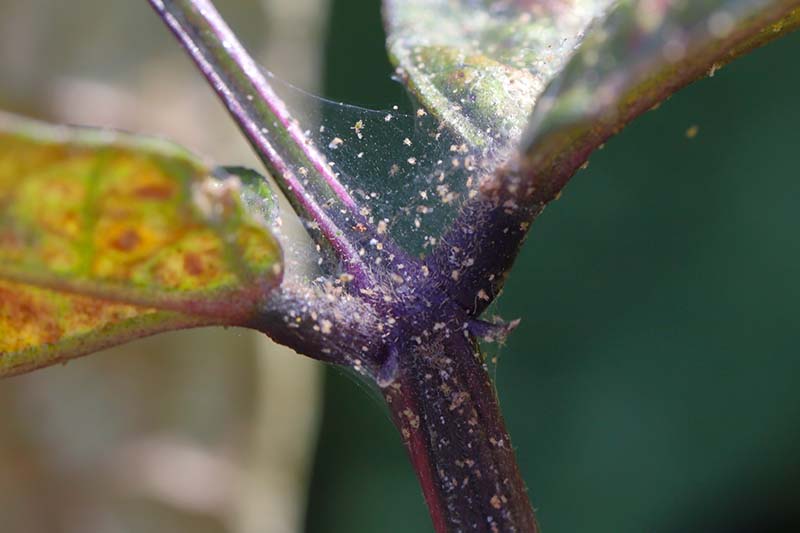
Spider mites love dry, warm, dusty conditions, so keeping your plant adequately watered and regularly wiping it clean with a damp cloth will make a big difference.
If you find spider mites, using a strong stream of water to wash them off can be effective in knocking back populations, while cleaning them off your plant as well.
There are a variety of beneficial predators available that may help you to knock down these pests, including several predatory mite species.
Each predatory mite species has its own ideal working conditions, within a specific range of ambient temperature and humidity.
The Amblyseius genus contains a variety of species including swirskii, andersoni, californicus, and fallacis.
Choose the species that will work best for your specific environment if you are willing to add more tiny creepy-crawlers to your houseplants.
A. californicus, available at Arbico Organics, can survive in lower humidity than other species, so it may be a good choice for targeting pests on indoor houseplants.
Insecticidal soaps and oils can be effective as well, or Bonide Mite-X, available at Arbico Organics, can also provide good control.
Pyrethroids, organophosphates, and other acaricides may also do the trick, but most of these harsher pesticides are not the best choice for use indoors. They are also harsh on beneficial insects outdoors.
Check out our guide dedicated to spider mite control for more in-depth information!
A Succulent Snack
Jade plants may be a succulent snack, but we grow them for their beauty – not as a pest smorgasbord!

Luckily, there aren’t many types of pests that commonly attack jade plants.
And if you do find some, a range of control options are available to target the pests that do on occasion prefer to feast on the jewel-like leaves, from biological controls to sprays.
Which of these have you dealt with on your Crassula plants? Any other pests? Tell us about it in the comments below!
In the meantime, read more about growing and caring for jade plants here:
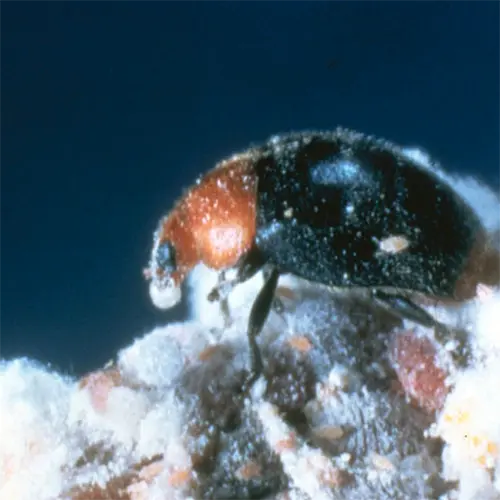
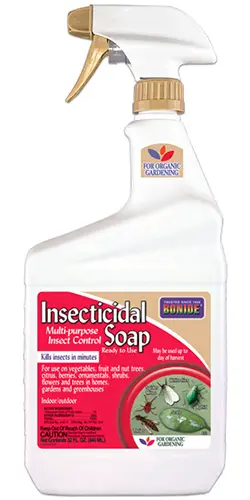
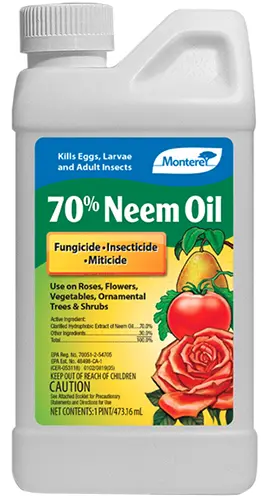
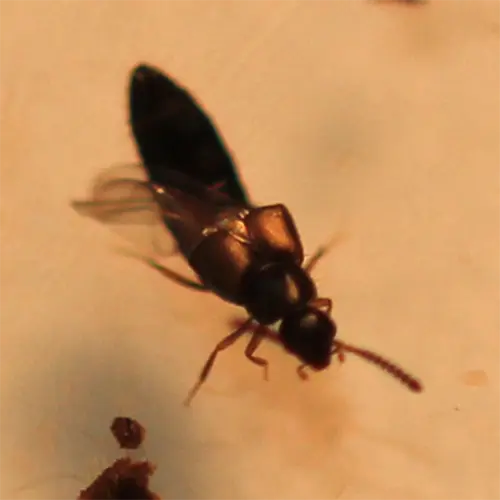
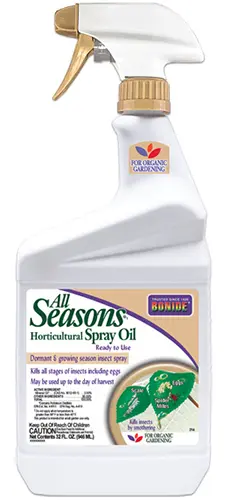

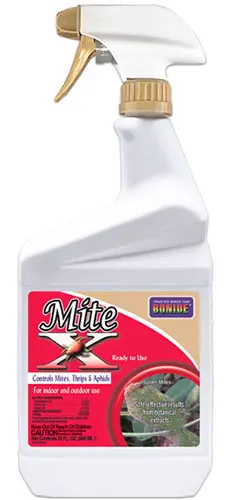
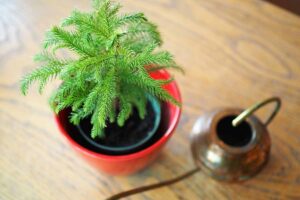
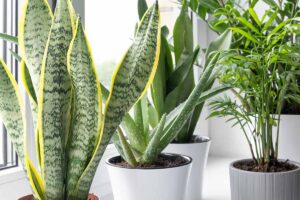
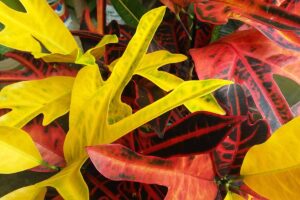
i have a jade plant that is 15 years old, over the past two years i have been trying to get rid of a strange white mold that grows on the neck of the leaves and eats through them until they fall off. i have tried baking powder, alcohol mix, fungus sprays, insect sprays, nothing seem to get rid of it. all i can do is wipe it off every week with a wet cloth to stop it.
would love some suggestions on what i can do as you can imagine losing my 15 year old jade would be awful
Hi Carl, would you be able to share a picture so we can take a look? Thanks!